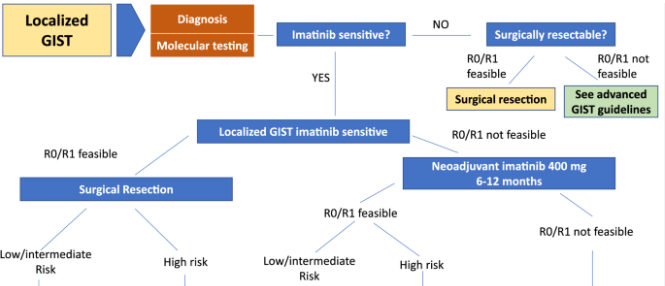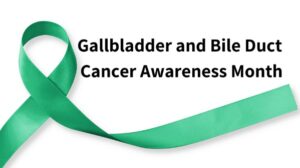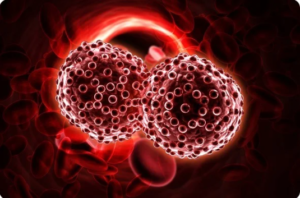Gastrointestinal stromal tumours (GISTs) are a rare type of cancer that occurs in the digestive tract, most commonly in the stomach or small intestine. These tumours arise from specialised cells in the gastrointestinal (GI) tract known as interstitial cells of Cajal (ICCs), which are part of the autonomic nervous system and help regulate the motility of the GI tract. Understanding GISTs involves exploring their symptoms, causes, diagnosis, and treatment options, which is essential for early detection and effective management.
Symptoms of Gastrointestinal Stromal Tumors
The symptoms of GISTs can vary widely depending on the size and location of the tumour. In many cases, small GISTs may not cause any symptoms and are often discovered incidentally during imaging studies or surgeries for other conditions. When symptoms do occur, they may include:
Abdominal Pain or Discomfort: Persistent pain or discomfort in the abdomen is a common symptom. The pain can range from mild to severe and may be localised or diffuse.
Gastrointestinal Bleeding: GISTs can cause bleeding within the GI tract, leading to symptoms such as black or tarry stools, vomiting blood, or anaemia. Chronic blood loss can result in fatigue and weakness.
Early Satiety and Bloating: Patients with GISTs in the stomach may experience a feeling of fullness after eating small amounts of food, along with bloating and discomfort.
Nausea and Vomiting: Tumors that obstruct the GI tract can cause nausea and vomiting, particularly after meals.
Weight Loss: Unexplained weight loss is a common symptom, especially in advanced cases where the tumour interferes with nutrient absorption and digestion.
Causes and Risk Factors
The exact cause of GISTs is not fully understood, but several factors are known to increase the risk of developing these tumours:
Genetic Mutations: The majority of GISTs are associated with mutations in the KIT gene, which encodes a protein involved in cell signalling. These mutations cab lead to uncontrolled cell growth and tumour formation.
Familial GIST Syndrome: In rare cases, GISTs can run in families due to inherited genetic mutations. Individuals with a family history of GISTs may have a higher risk of developing the condition.
Age: GISTs are more commonly diagnosed in older adults, typically those over the age of 50.

Diagnosis of Gastrointestinal Stromal Tumors
Diagnosing GISTs involves a combination of clinical evaluation, imaging studies, and tissue biopsies. The following diagnostic approaches are commonly used:
Physical Examination and Medical History: A thorough physical examination and detailed medical history can help identify potential risk factors and symptoms associated with GISTs.
Imaging Studies: Imaging techniques such as computed tomography (CT) scans, magnetic resonance imaging (MRI), and positron emission tomography (PET) scans are used to visualise the tumour and assess its size, location, and potential spread to other parts of the body.
Endoscopy: An endoscopic examination allows direct visualization of the GI tract. During this procedure, a flexible tube with a camera (endoscope) is inserted through the mouth or rectum to examine the stomach and intestines. Biopsy samples can be obtained for further analysis.
Biopsy: A biopsy involves removing a small sample of tissue from the tumour for microscopic examination. This helps confirm the diagnosis and identify specific genetic mutations associated with the tumour.
Molecular Testing: Molecular testing of biopsy samples can identify specific genetic mutations (e.g., KIT, PDGFRA) that drive tumour growth. This information is crucial for guiding targeted therapy.
Treatment Options for Gastrointestinal Stromal Tumors
The treatment of GISTs depends on several factors, including the size and location of the tumour, the presence of metastasis, and the patient’s overall health. Treatment options include:
Surgery: Surgical removal of the tumour is the primary treatment for localized GISTs. The goal is to completely remove the tumour and surrounding tissue to achieve a cure. Minimally invasive techniques, such as laparoscopic surgery, may be used in certain cases.
Targeted Therapy: Targeted therapies, such as imatinib (Gleevec), sunitinib (Sutent), and regorafenib (Stivarga), are used to treat GISTs with specific genetic mutations (e.g., KIT, PDGFRA). These drugs work by inhibiting the abnormal proteins produced by the mutated genes, slowing tumour growth and reducing tumour size.
Radiation Therapy: Radiation therapy is not commonly used for GISTs due to their relative resistance to radiation. However, it may be considered in certain cases to control symptoms or treat metastatic disease.
Chemotherapy: Traditional chemotherapy is generally not effective for GISTs and is rarely used. Targeted therapies have largely replaced chemotherapy in the treatment of these tumours.
Observation: In cases where the tumour is small and asymptomatic, a “watchful waiting” approach with regular monitoring may be recommended. This involves periodic imaging studies to track tumour growth and development.
Frequently Asked Questions
1. What are the common symptoms of GISTs?
Common symptoms of GISTs include abdominal pain, gastrointestinal bleeding, early satiety, bloating, nausea, vomiting, and unexplained weight loss.
2. How are GISTs diagnosed?
GISTs are diagnosed through a combination of physical examination, imaging studies (CT, MRI, PET scans), endoscopy, biopsy, and molecular testing to identify specific genetic mutations.
3. What are the treatment options for GISTs?
Treatment options for GISTs include surgery to remove the tumour, targeted therapy, and in some cases, radiation therapy or observation for small, asymptomatic tumors.
Understanding GISTs and the available treatment options can significantly improve outcomes and quality of life for patients. Early detection, accurate diagnosis, and appropriate treatment are key to managing this rare but potentially serious condition.



